Simplify your cultivation with the soil press
Start your gardening season sustainably
There is currently a lot of hype surrounding the so-called soil blocker, also known as a soil baler. The "soil blocking" trend is growing, especially in America. We show you the advantages of growing with a soil blocker and provide you with simple instructions for creating your own soil blocks.
What is a soil compactor?
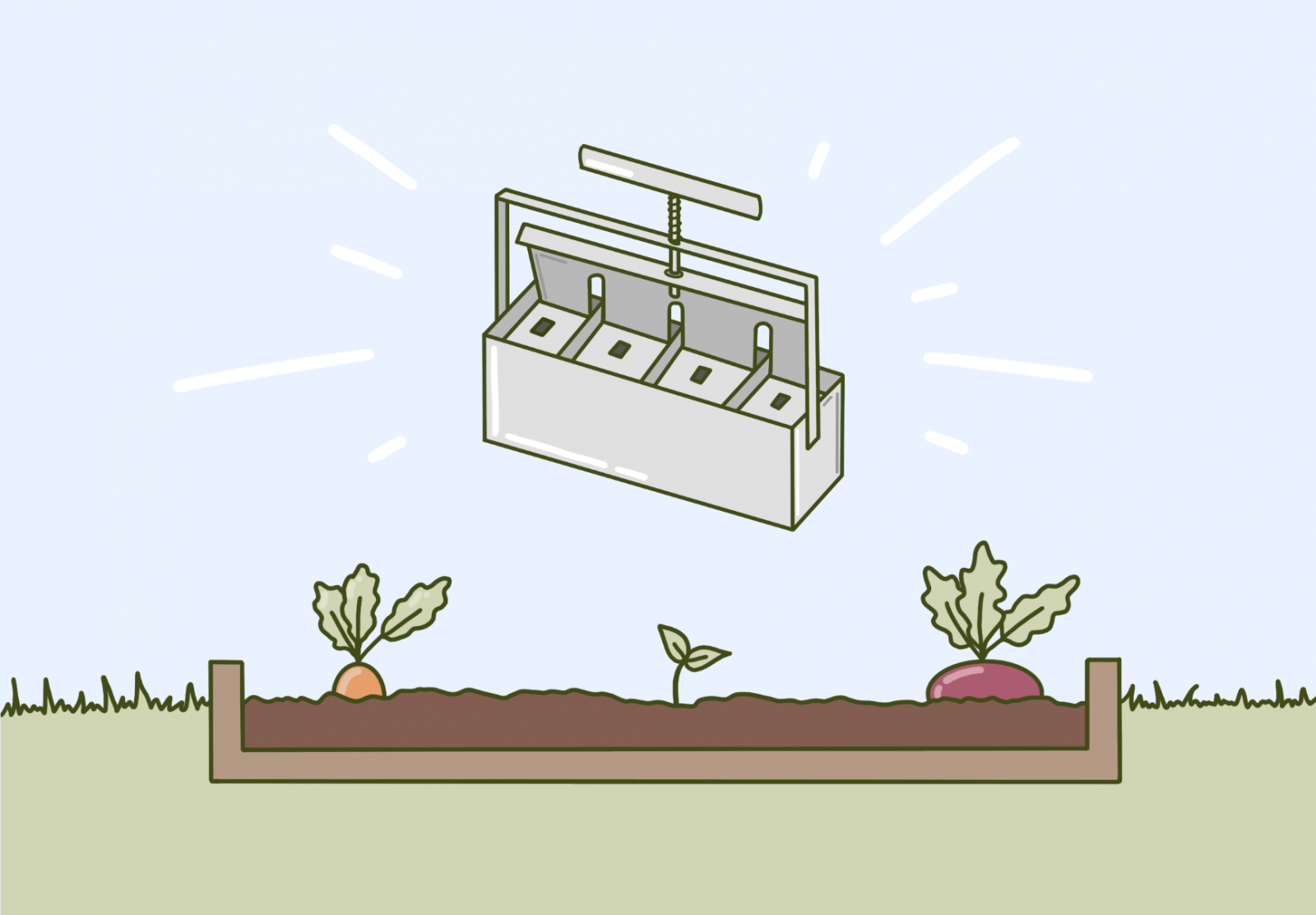
The soil ball or soil pot press is a press that you can use to create small soil balls/soil pots for cultivation. This saves you having to use growing pots or growing pallets. You may already be familiar with these cubes from seedlings purchased from the market. Many gardeners swear by this simple and practical method. And with a little practice, creating the soil pots is no more time-consuming than using growing pots! On the contrary - the soil pot press offers a number of advantages!
The right potting soil
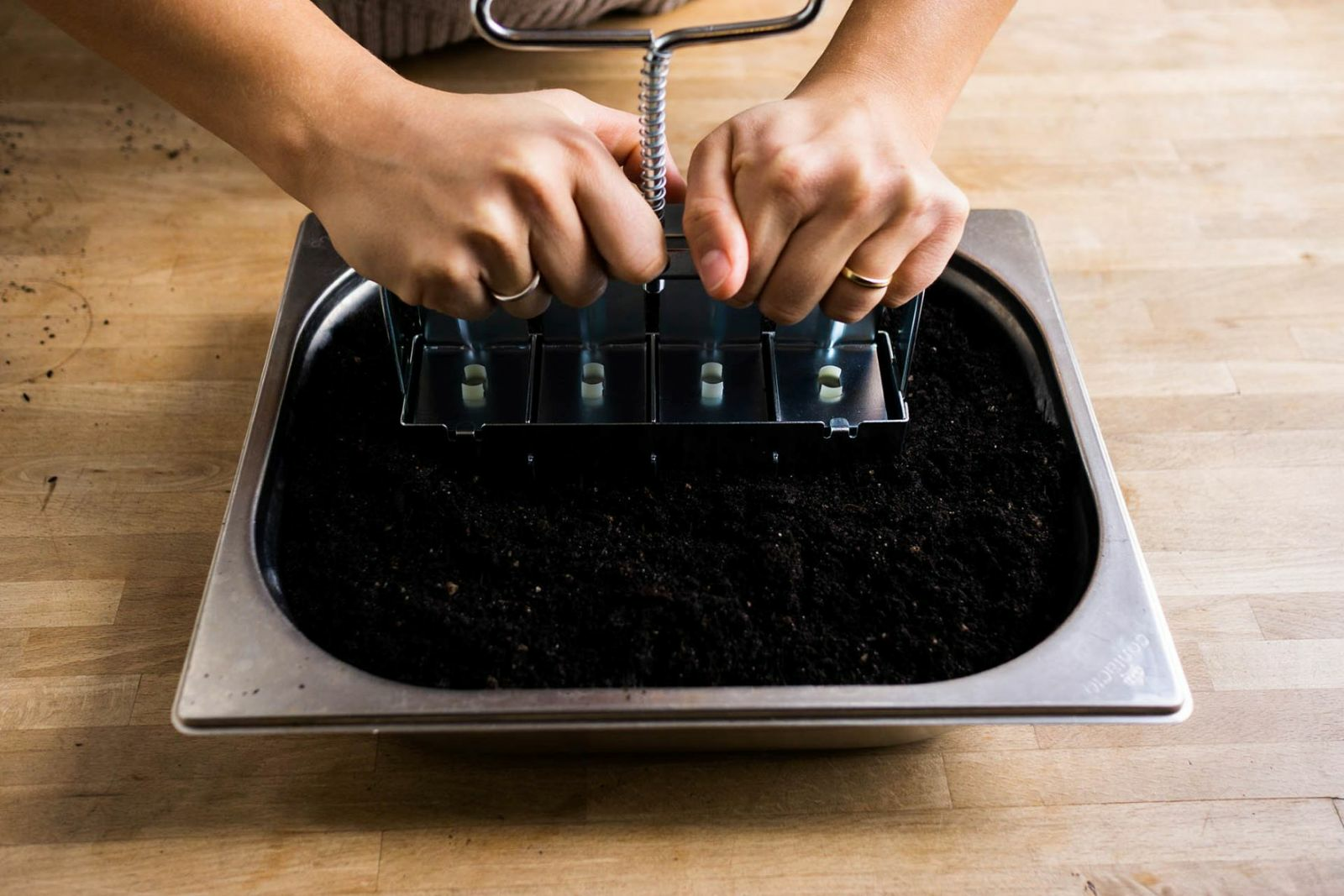
To fill the chambers of the soil blocker, you first need sufficiently moist potting compost. Some people buy extra professional growing substrate from the nursery, but this is not absolutely necessary. If you would prefer to use a professional substrate, simply ask your nursery which growing medium they use and whether you can buy it. It is important that the potting compost is fine and rich in humus so that it holds together well. If your potting compost is a little older or quite dry, moisten it in a large bucket with a spray bottle. To see if it is moist enough, take a handful of soil and press it together firmly with the palm of your hand. If it holds well, you can use it for your soil press.
Tip: Some experienced gardeners also mix bentonite into their potting compost so that the root balls hold together better. This is a clay mineral that ensures that the soil particles can stick together better.
In the next section you will find instructions on how to use your soil press:
Step 1
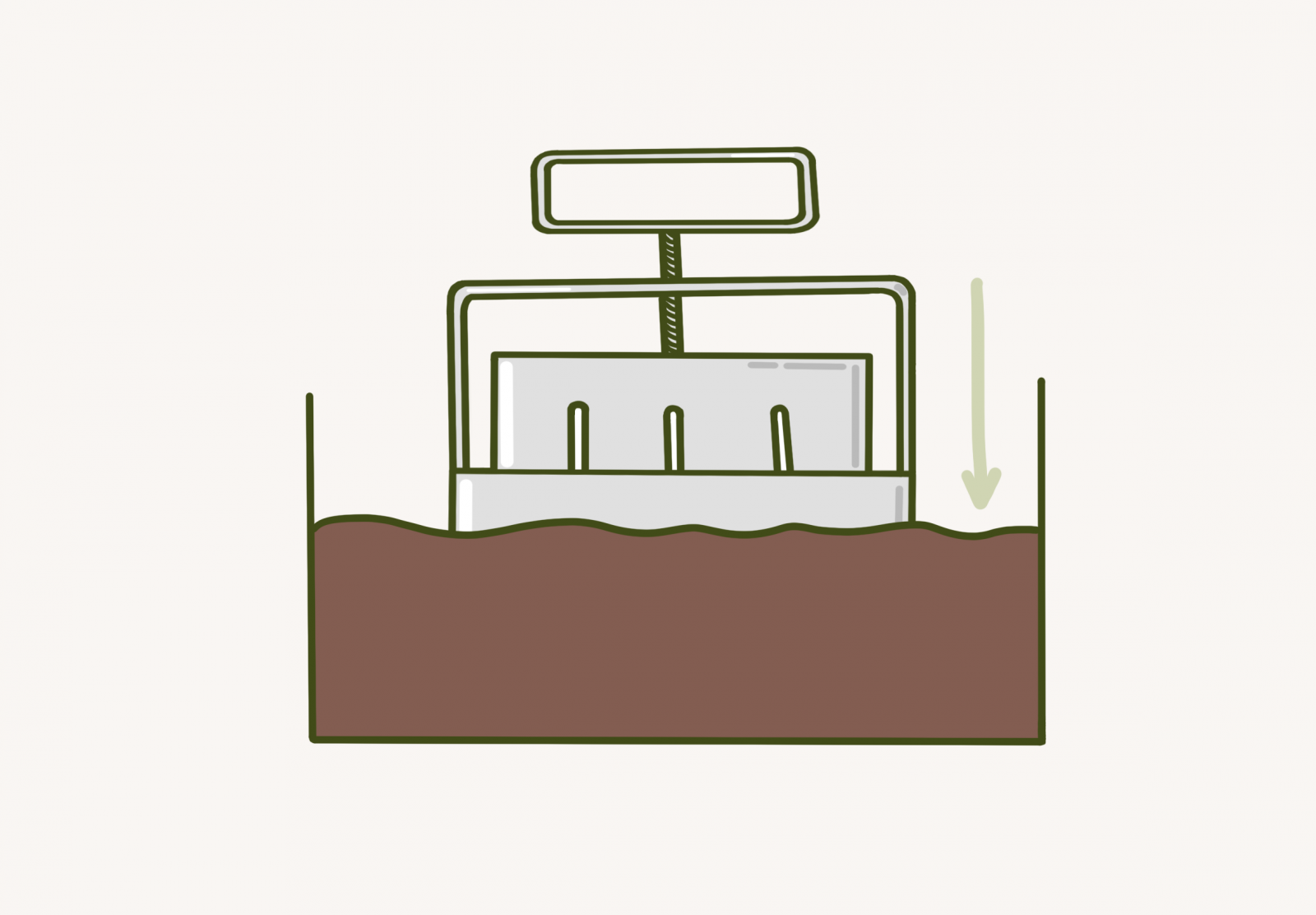
Fill the potting press by pressing it firmly into the potting soil. Then press it down once more on the floor or table and remove the rest with a shovel or knife.
Step 2
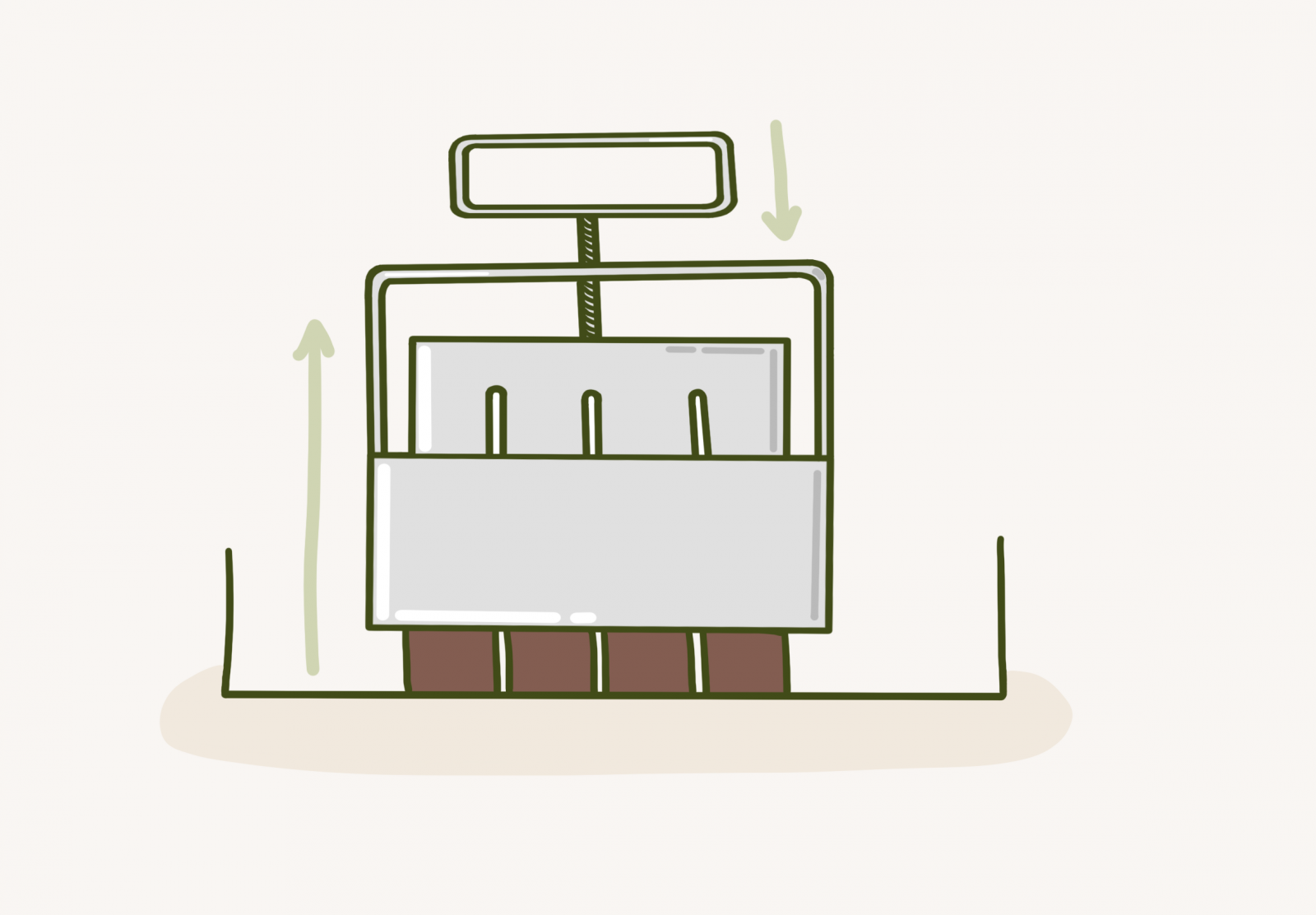
Then press the cuboid pots of soil into a box that will serve as a base. Ordinary hard plastic boxes, which are also available in (Swedish) furniture stores, are suitable for this. A 60 x 80 x 18 cm/23.6 x 31.5 x 7.1 in box can hold approx. 90 to 100 soil balls with a diameter of 5 cm. If the boxes have a lid, this is all the better, as it keeps the moisture in the pots of soil. However, you should ventilate several times a day until germination to prevent mold from forming!
Step 3
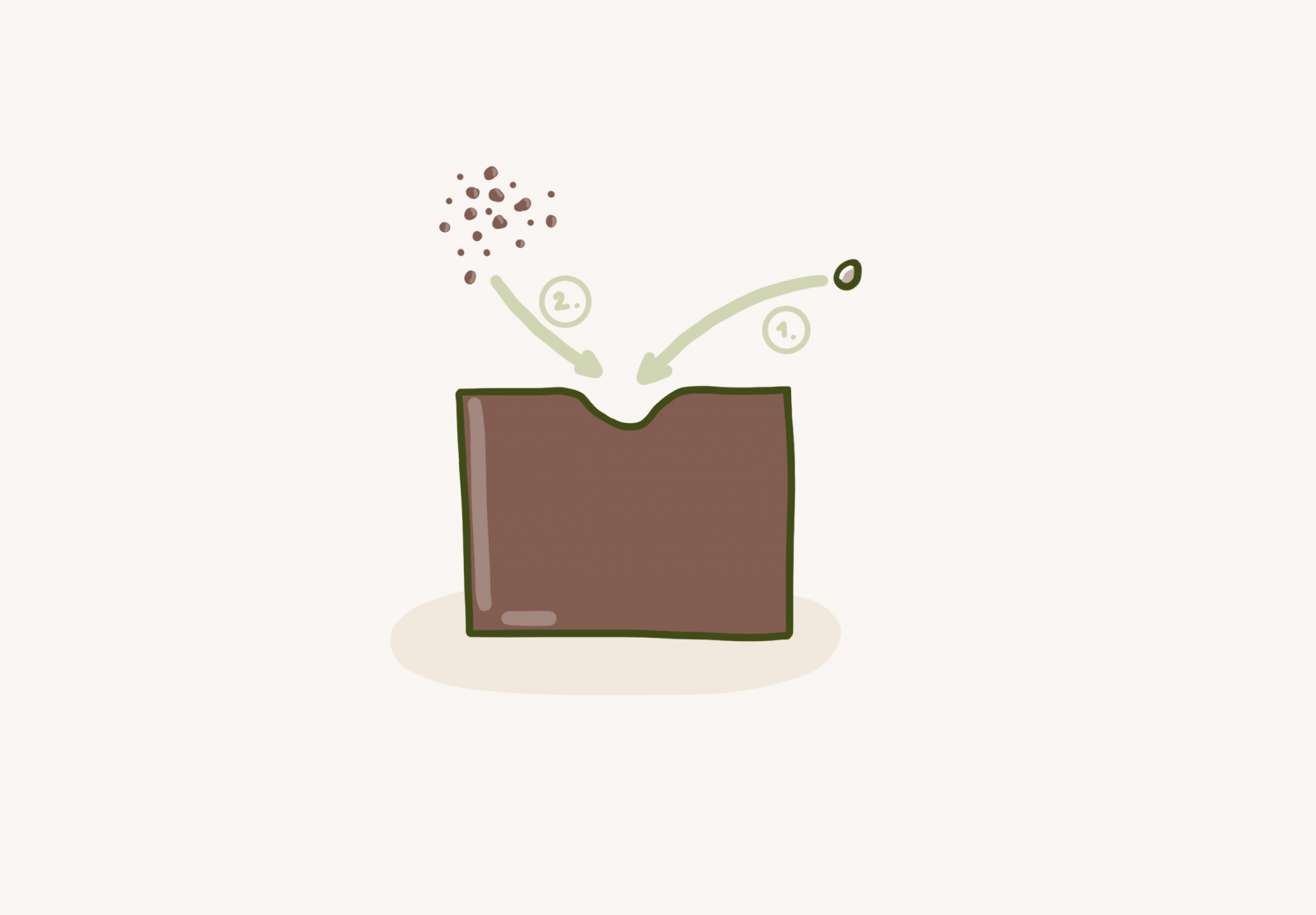
Place the seeds in the small hollow and press down/cover with soil
Step 4
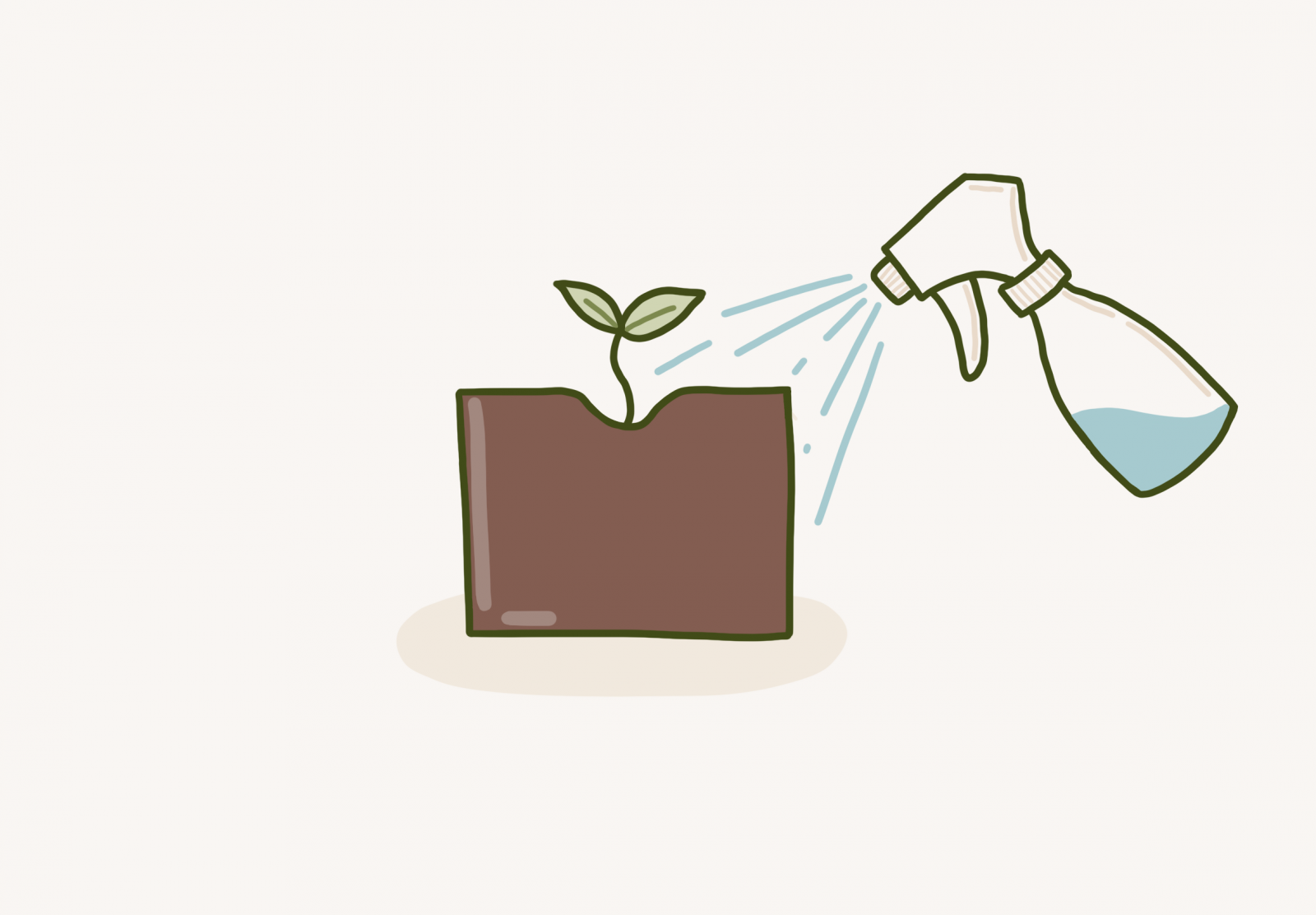
Otherwise, use a spray bottle to moisten your soil balls 1-3 times a day, depending on the humidity and cover situation.
Step 5
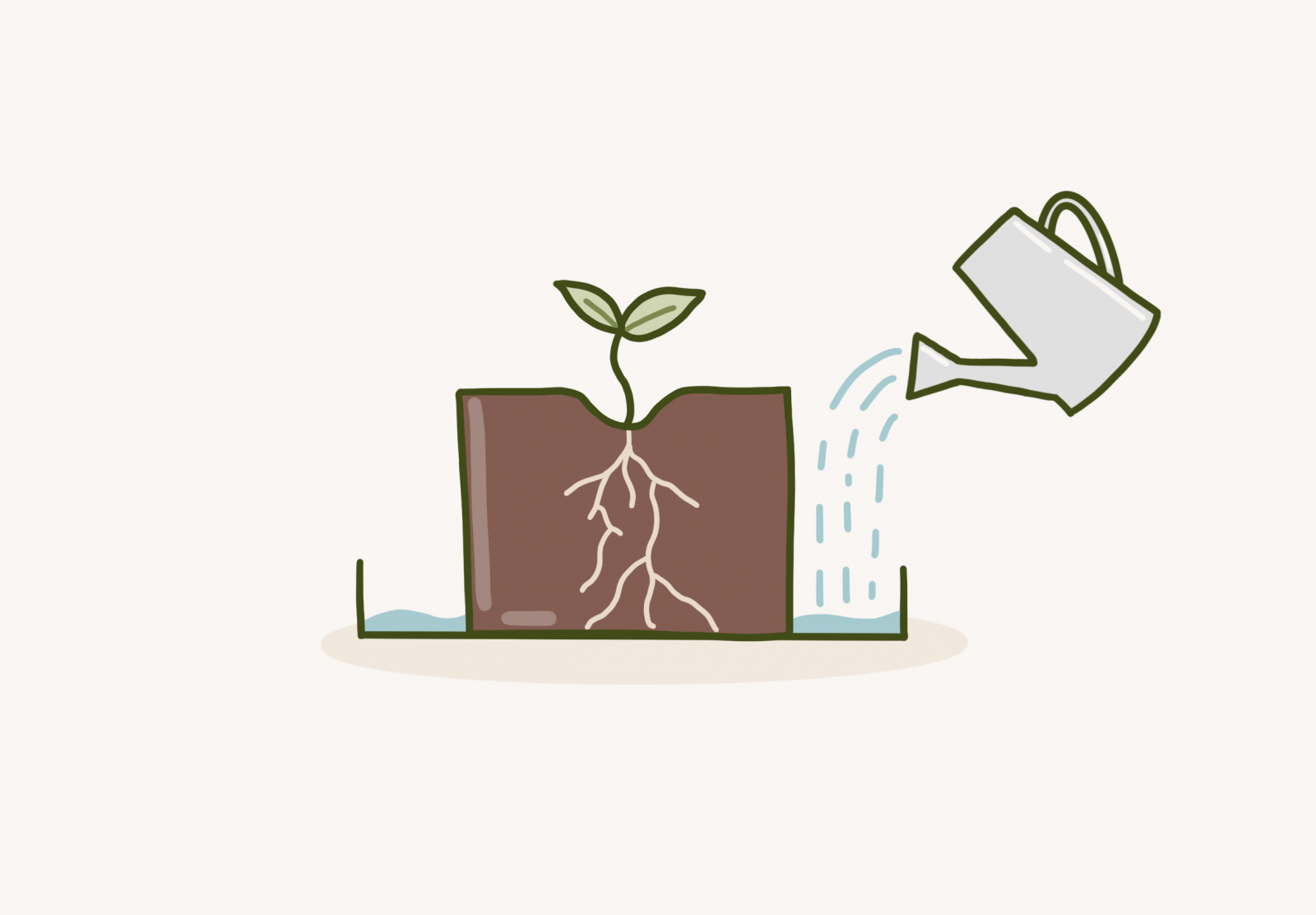
If the roots of the seedlings have grown deeper into the root ball, you can also water the blocks from below. This allows them to soak up water.
Step 6
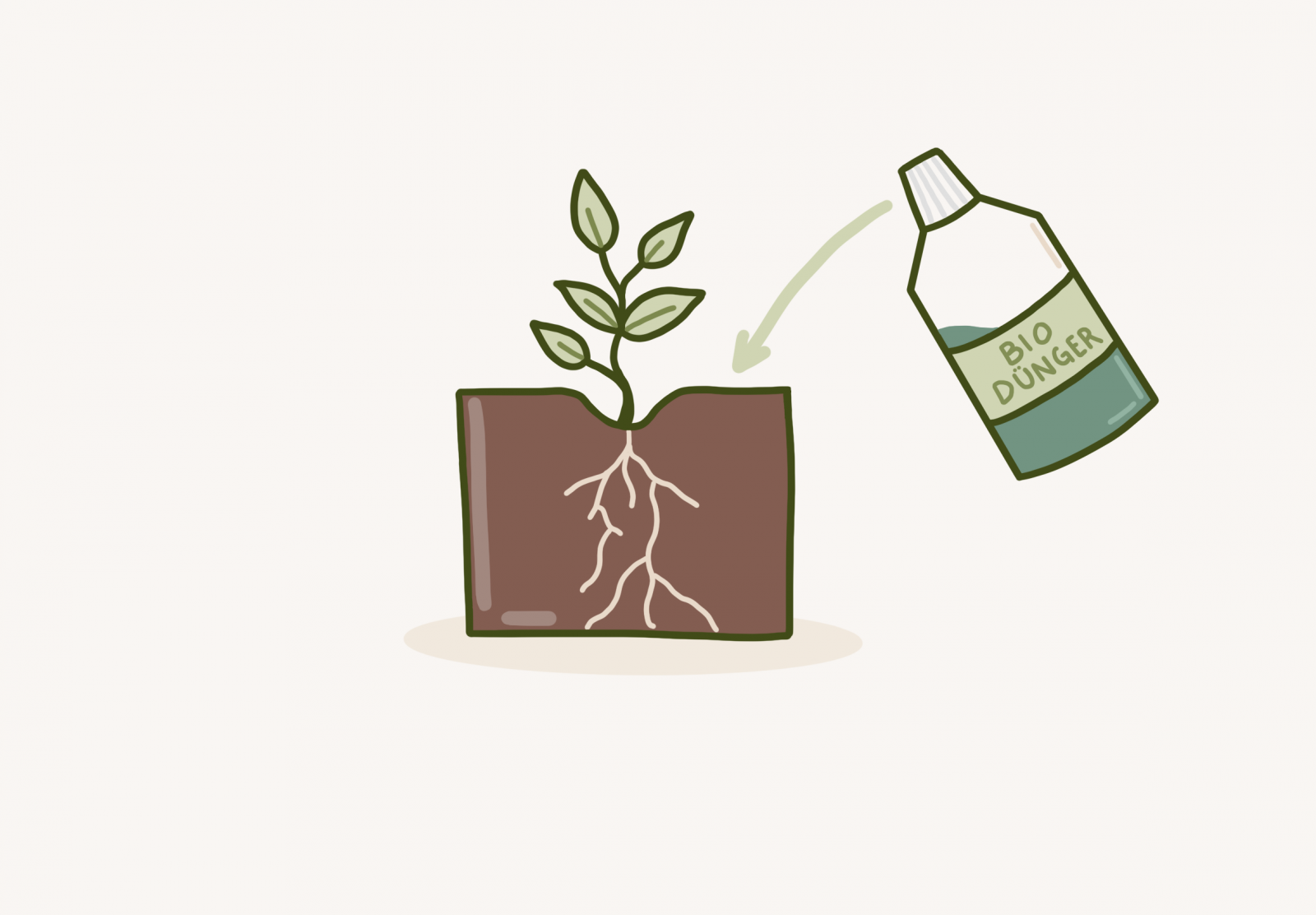
Approx. 2 weeks after germination, you can feed your vigorous plants with a little liquid fertilizer (preferably organic fertilizer). However, only give half the specified amount.

